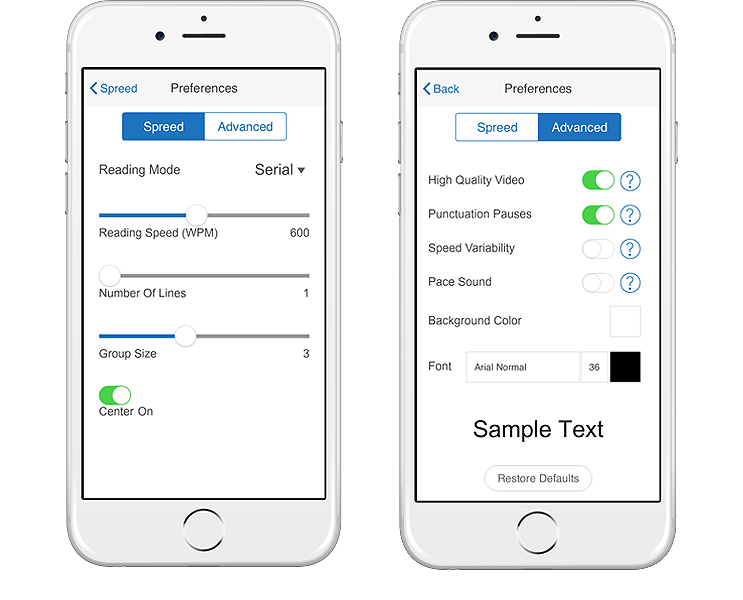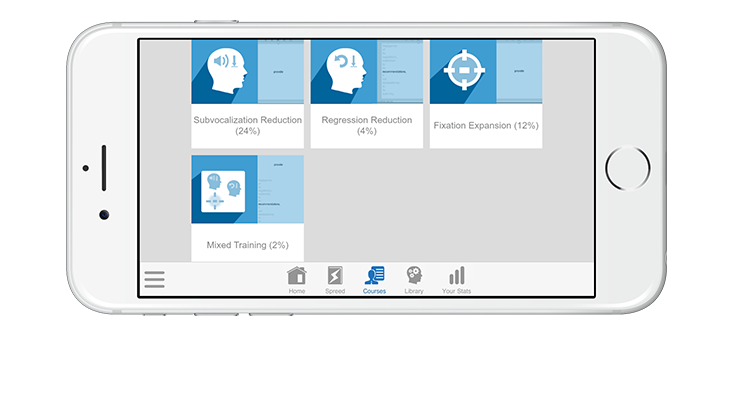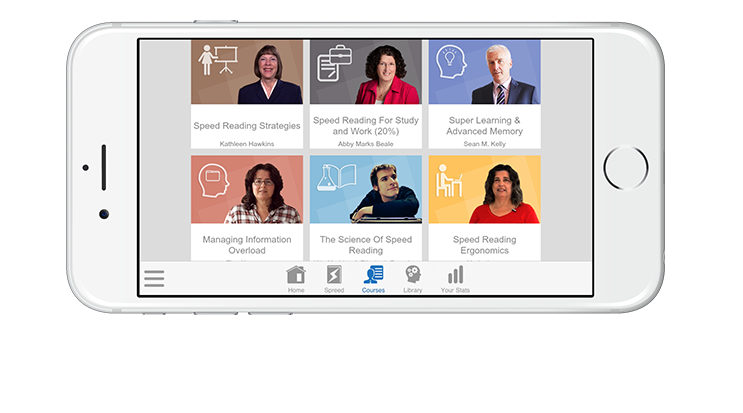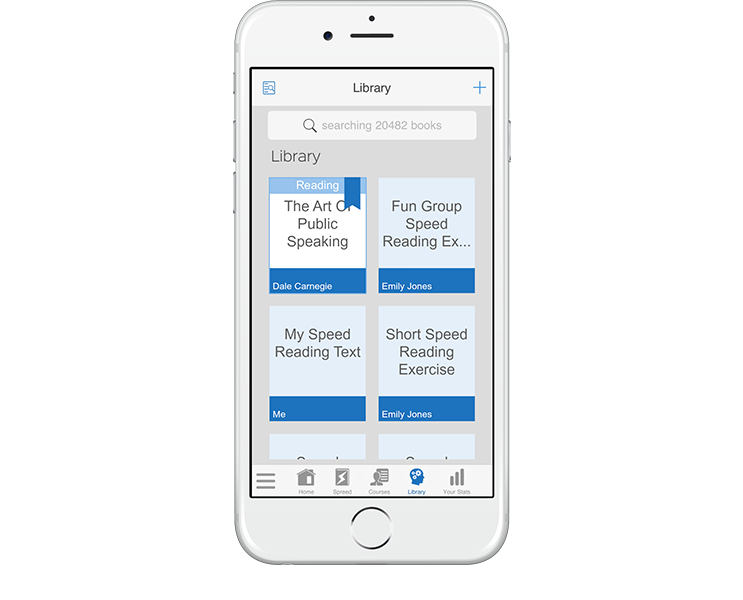Taking and passing the GRE (Graduate Record Examination) is a requirement to get into most advanced university programs in English-speaking countries. Students who are pursuing a doctorate in their field will need to take the GRE General Test, and may also be required to take one of the GRE Subject Tests. In these exams, students are required to show their ability to read and analyze texts in the reading comprehension section.
Good reading comprehension is based on having a good vocabulary. Obviously, if the text you’re asked to analyze contains one or more words that you don’t know, you’ll find it harder to accurately discuss the meaning and content of the text. We’ve found a passage from H. G. Wells’ “The Outline of History” that’s related to vocabulary. Read the text, then answer the questions we’ve provided, which are modeled on questions you’ll encounter in the GRE.
It is improbable that there was ever such a thing as a common human language. We know nothing of the language of Paleolithic man; we do not even know whether Paleolithic man talked freely. We know that Paleolithic man had a keen sense of form and attitude, because of his drawings; and it has been suggested that he communicated his ideas very largely by gesture. Probably such words as the earlier men used were mainly cries of alarm or passion or names for concrete things, and in many cases they were probably imitative sounds made by or associated with the things named. The first languages were probably small collections of such words; they consisted of interjections and nouns. Probably the nouns were said in different intonations to convey different meanings. If Paleolithic man had a word for “horse” or “bear,” he probably showed by tone or gesture whether he meant “bear is coming,” “bear is going,” “bear is to be hunted,” “dead bear,” “bear has been here,” “bear did this,” and so on. Only very slowly did the human mind develop methods of indicating action and relationship in a formal manner. Modern languages contain many thousands of words, but the earlier languages could have consisted only of a few hundred. It is said that even modern European peasants can get along with something less than a thousand words, and it is quite conceivable that so late as the Early Neolithic Period that was the limit of the available vocabulary. Probably men did not indulge in those days in conversation or description. For narrative purposes they danced and acted rather than told. They had no method of counting beyond a method of indicating two by a dual number, and some way of expressing many. The growth of speech was at first a very slow process indeed, and grammatical forms and the expression of abstract ideas may have come very late in human history, perhaps only 400 or 500 generations ago.
Question 1: According to Wells, is a large vocabulary necessary for communication?
Question 2: How does Wells imagine Paleolithic man communicating the difference between the phrases “bear is coming” and “bear is going”?
Question 3: What is the main difference that Wells finds between modern language and the earliest forms of language?
To increase your GRE score by 7 points in 2 weeks, click here to start practicing for free with PrepEd GRE















